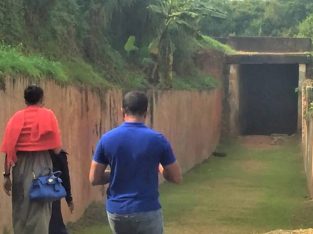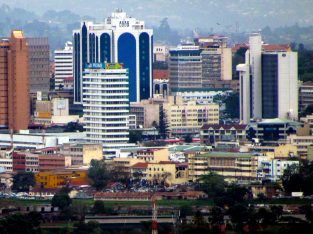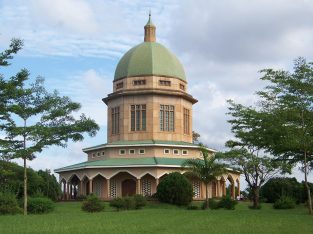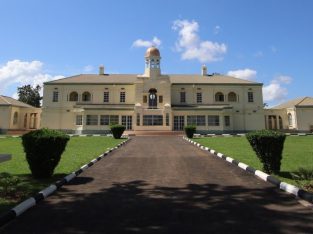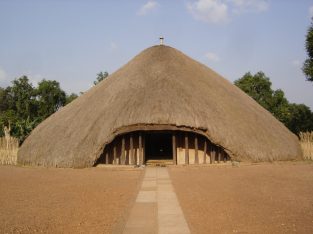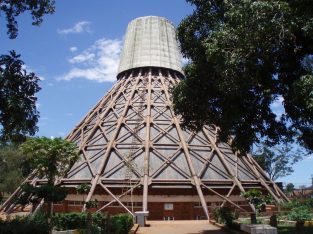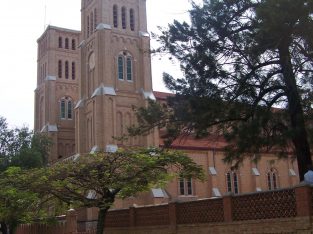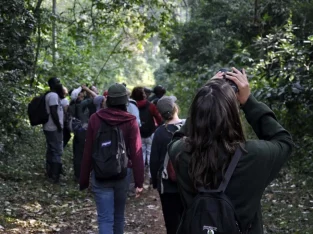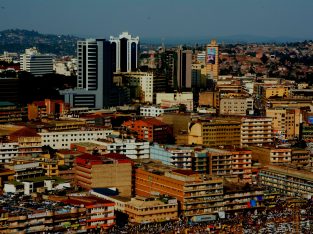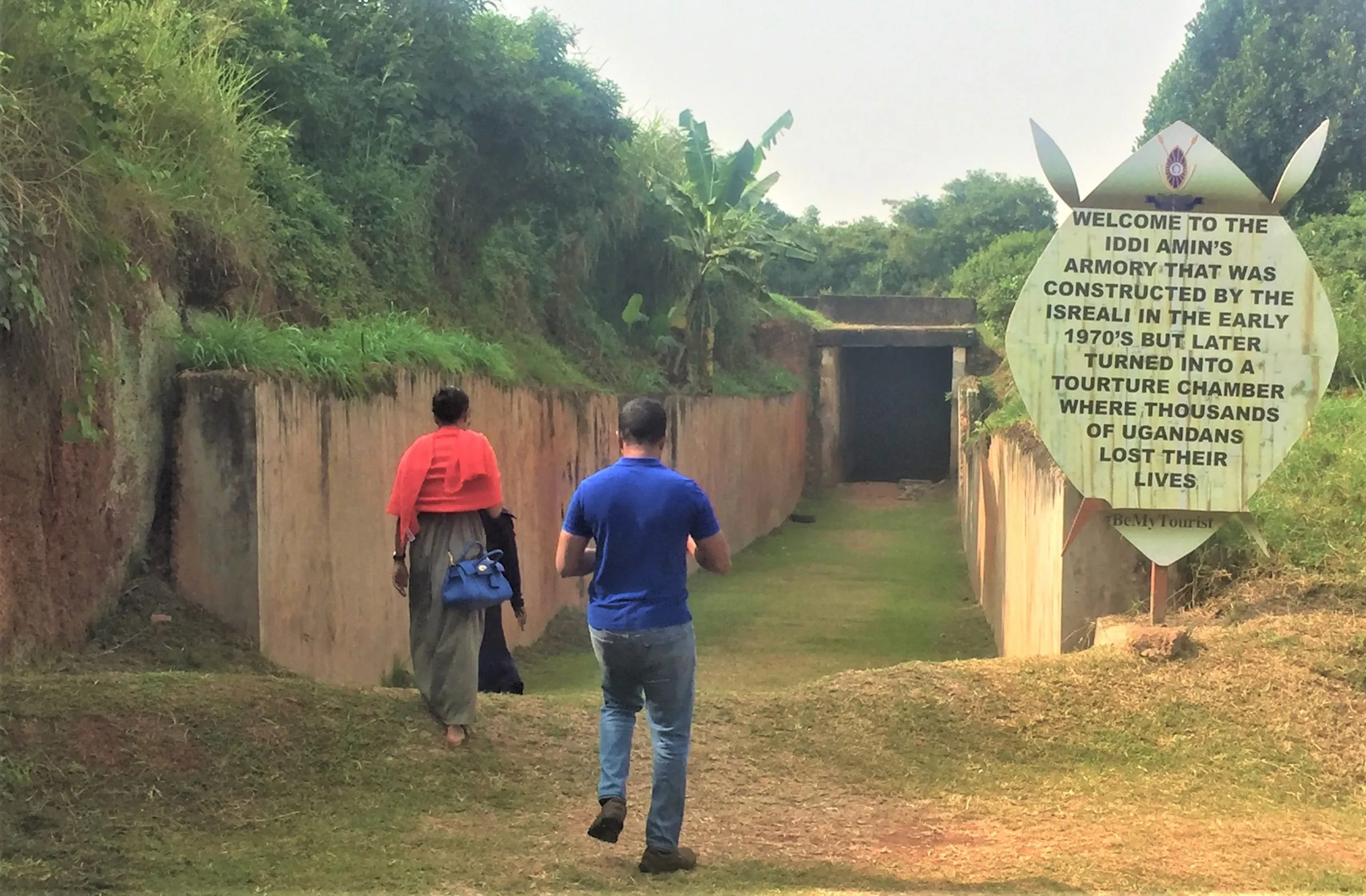Amin's Torture Chambers
One of the most significant tour sites is the Idi Amin Torture Chamber. Idi Amin, also referred to as the “Butcher of Uganda,” was a legendary Ugandan military officer and the country’s second president from 1971 to 1979. He was regarded as one of the worst tyrants to rule Africa.
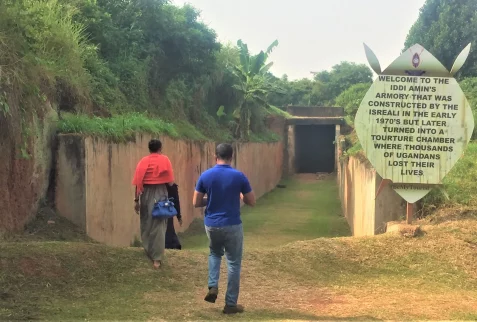
Idi Amin Dada was born in Kampala or Koboko, nonetheless. After some time passed, he decided to enlist as a cook in the King’s African Brigade of the British Colonial Army. He was promoted to the rank of lieutenant to participate in British operations against Somali insurgents in the Shifta War and also against Mau Mau rebels in Kenya.
After Uganda gained independence from the United Kingdom in 1962, Idi Amin stayed in the military and, by late 1965, had advanced to the rank of Major and assumed leadership of the Army. When he learned that Milton Obote, the first president of Uganda, intended to detain him for embezzling army funds, he decided to organize a military coup in 1971, ousting Obote and beginning his own historical existence.
However, the overthrow of Obote for him to become president of Uganda caused suffering, and many people died under his rule. Many Asians received death sentences, and those who escaped left their large corporations behind and returned home empty-handed.
Good to Know
Country
Visa Requirements
Languages spoken
Currency used
The Idi Amin torture chamber is located in the King of Buganda’s Lubiri Mengo palace and was built as an armory. After working on it for more than eight months, Idi Amin turned it into a military garrison, or barracks.
It was later transformed into a torture chamber with an electric-charged metallic door at the entry and a pool of water in the hallways. It was intended that anyone attempting to flee would
Many of those detained here were members of Sir Edward Muteesa II’s cabinet and Idi Amin’s political rivals. They could transport them about the city in car trunks first, then return to the chambers to be electrocuted. be electrocuted and killed immediately. There were five cells inside the room, and the area closest to the last door was as dark as a yawning grave.
Idi Amin was a man with the mental capacity to subject others to torture so they would suffer and die during his reign. He never distinguished between men and women; they were all tortured in the same cell and then shot by him. He would then dump their bodies into the nearby bodies of water.
Each cell, which had neither windows nor ventilators, could accommodate more than 100 individuals. Prisoners would starve to death without access to food or water. Nearly 200,000 people perished inside, and nobody lived. Sadly, after Amin was overthrown, Obote merely carried on where he left off. Obote sought to construct an addition, but his efforts in this respect were unsuccessful due to a shortage of capable engineers who could carry out this operation.
